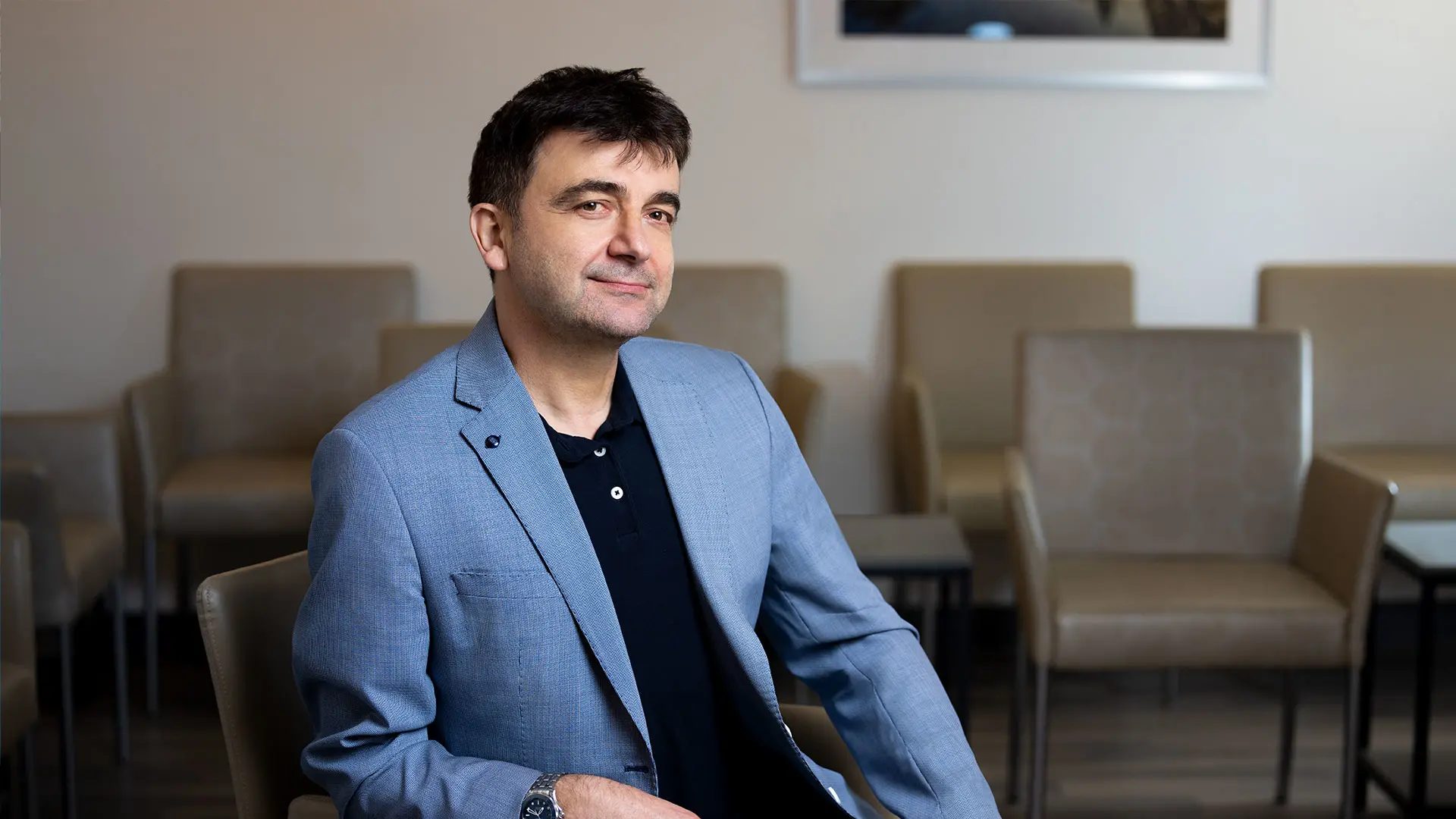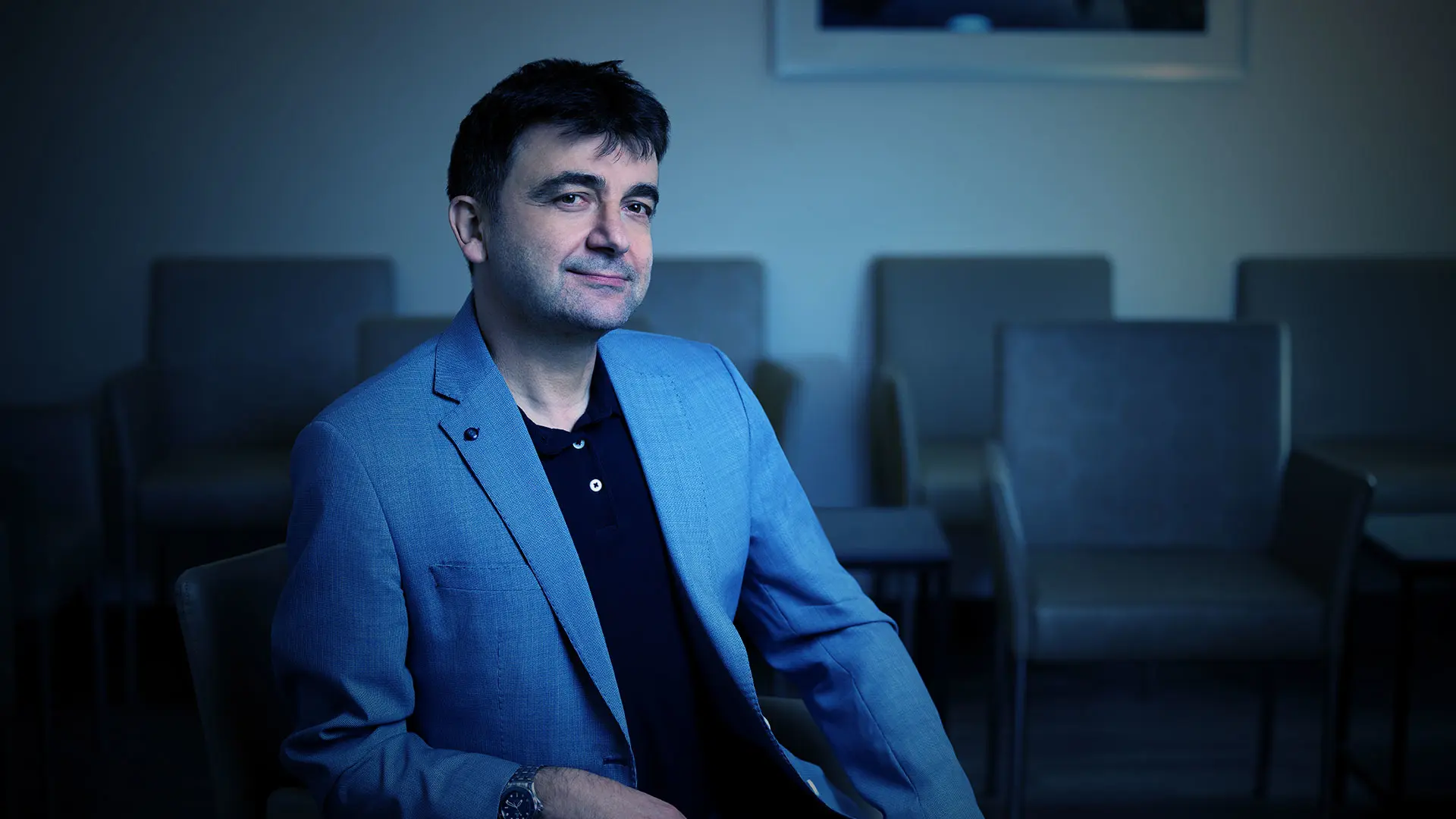Mount Sinai has established itself as a leader in sex reassignment surgery (SRS) and reconstruction of genitalia, thanks in part to the pioneering work of Miroslav Djordjevic, MD, PhD, a leading authority on surgery for transgender individuals. Dr. Djordjevic continues to advance the field, introducing and refining SRS and reconstruction techniques that have the potential to be life changing for patients.
One undertaking is a pilot research project that is exploring the effectiveness, feasibility, and safety of penile transplantation from live donors through a cadaveric study of surgical anatomy and dissection. The study will help define the live donor anatomy of the penile allograft for subsequent use in transplantation to a trans male and involve precise dissection of all the entities of the penis, including penile skin, corpora cavernosa, glans cap with neurovascular bundle, and urethra. This is a procedure Dr. Djordjevic is well versed in; he has performed more than 10,000 dissections since 1994 using a penile disassembly technique he co-developed with his mentor, Dr. Sava Perovic, a renowned leader in genital reconstructive surgery.
Dr. Djordjevic’s proposed technique would represent a significant advance from the existing approach to penile transplantation. Introduced in 2006, the procedure has been performed successfully five times. However, these cases involved trauma or removal of the penis due to oncological reasons and the transplantation was facilitated by the fact that patients retained the corpora cavernosa and some degree of tissue.
“Despite those procedures, there are no data about the possibility for penile transplantation in female-to-male gender-affirming surgery,” says Dr. Djordjevic, Clinical Professor of Urology at the Icahn School of Medicine at Mount Sinai. “Our main goal is to define the anatomy of male and female genitalia to enable safe and successful transplant. At the same time, we are also refining our proposed transplantation technique and developing the necessary preoperative screening, immunosuppressive regiment, and postoperative assessments to launch a formal genitourinary transplant service.”

Miroslav Djordjevic, MD, PhD, Clinical Professor of Urology at the Icahn School of Medicine at Mount Sinai, is a leading authority on surgery for transgender individuals.
Through this prospective, non-randomized study, Dr. Djordjevic will recruit a total sample size of approximately 100 cadavers—50 male, 50 female—with assistance from his colleagues at the Forensic Institute at Belgrade University. The selection criteria include cadavers up to 60 years of age with no malignancy or trauma of the genitalia. Dr. Djordjevic will perform dissection of the penile entities from 35 male cadavers, followed by 35 dissections of the genitalia from female cadavers, and then simultaneous dissection of genitalia from 30 male (15) and female (15) cadavers with transplantation of the penile entities to the female cadavers. The study is funded through IDEAS, a Republic of Serbia program that endows research initiatives that have the potential to be impactful for science, the economy, and society.
“We have completed 21 penile dissections since the project began in January 2022,” Dr. Djordjevic says. “The goal is to start the transplantations among the cadavers in July 2023, refine our technique, and demonstrate that it is possible to perform penile transplantation in the context of a live donor. If we are successful, the impact could be significant as it would offer patients with congenital or acquired penile absence and transgender males a chance to have functional, aesthetically pleasing genitalia.”
In the meantime, Dr. Djordjevic is offering SRS patients latissimus dorsi phalloplasty, a genital reconstruction technique he pioneered in 2006. Introduced at Mount Sinai in 2021, the technique uses the musculocutaneous latissimus dorsi free flap to create a penis, with urethral lengthening achieved by combining a vaginal flap, labia minora flaps, and a clitoral skin flap. A scrotum is created using suitable sized testicular implants and the procedure is completed with penile prosthesis implantation, additional urethral lengthening, and reshaping of the glans.
The efficacy of this treatment modality was demonstrated in a related study involving 129 transgender males ages 20 to 53 conducted between January 2007 and May 2017. Patient follow-up ranged from 13 to 137 months. The average size of the neophallus was 14.6 cm in length and 12.4 cm in girth. The total length of the reconstructed urethra during the first stage ranged from 13.4 cm to 21.7 cm (mean 15.8 cm), reaching the proximal third or the midshaft of the neophallus in 91 percent of cases. All participants reported satisfactory voiding. Malleable prostheses were implanted in 39 patients and 22 received inflatable prostheses. There were one partial and two total flap necrosis among participants. Dr. Djordjevic also observed six urethral fistulas and two strictures, which were repaired by minor revision. The study’s results were published in the World Journal of Urology in April 2019.
“These results demonstrate that musculocutaneous latissimus dorsi flap is a good choice for phalloplasty in gender-affirmation surgery,” Dr. Djordjevic says. “We have successfully performed 10 phalloplasties at Mount Sinai, and the procedure results in a nice volume for the neophallus and sufficient blood supply to enable safe urethral reconstruction and penile prosthesis implantation."
However, the success of Dr. Djordjevic’s cadaveric study has the potential to go beyond the aesthetic and functional results that he is able to achieve through latissimus dorsi phalloplasty. Moreover, it would open the door to conduct simultaneous male-to-female and female-to-male transplantations between genetically matched live donors in a one-stage procedure and eliminate the current practice of discarding genitalia following SRS.
“Success would enable us to make a profound difference in the lives of thousands of patients around the world who are seeking SRS because we could make it possible for male-to-female transgender patients to conceive a baby and for female-to-male patients to have a penis that is fully functional and aesthetically pleasing,” Dr. Djordjevic says. “That is the impact I seek to achieve through my work."
